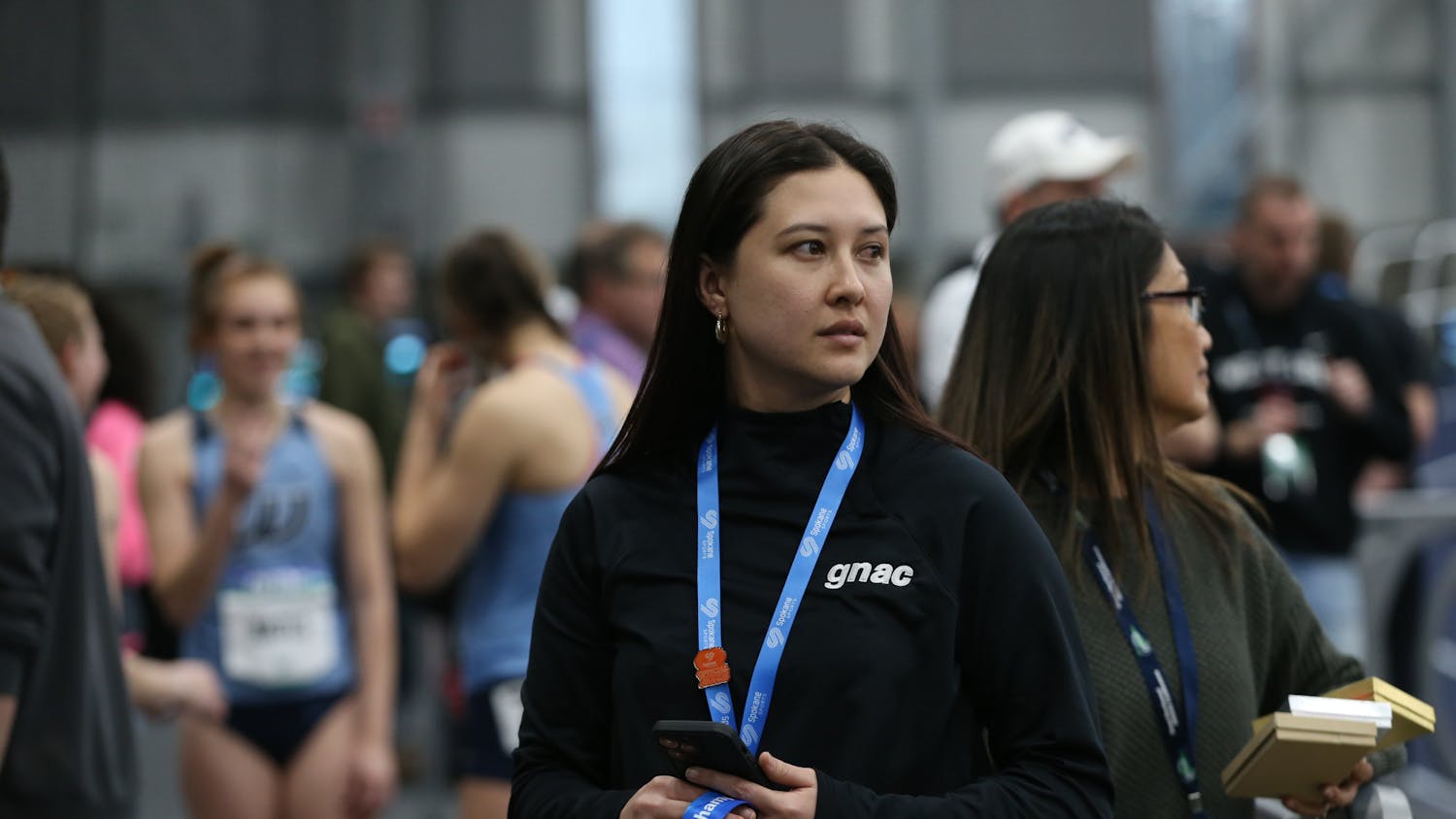PeaceHealth St. Joseph Medical Center in Bellingham remained at full capacity all week as the COVID-19 Omicron variant continued to test Washington’s healthcare system, data gathered from the Washington State Department of Health suggests.
Bellingham isn’t alone in the struggle: this trend has hit hospitals statewide.
“The Washington Medical Coordination Center [WMCC] is having increasing challenges placing the very highest acuity patients,” said Cassie Sauer, Chief Executive Officer of Washington State Hospital Association. “WMCC has asked the state’s resource hospitals, these are the large tertiary facilities, to activate a guaranteed acceptance protocol.”
The system was created last year but hadn’t been implemented, Sauer said. The protocol ensures that the most at-risk patients – the ones in need of immediate care – are accepted without question.
“Triggering this system is a major bellwether of where we are now with COVID-19 and hospital capacity,” Sauer said, “and not a good bellwether.”
While such information may cause alarm, the Chief Medical Officer for PeaceHealth’s northwest network, Dr. Sudhakar Karlapudi, said that they are still able to meet the needs of the Bellingham community.
“We are not in crisis mode,” Karlapudi said, “we have planned for surges since the pandemic began and we are effectively implementing our surge plan.”
Even if the Omicron variant hadn’t put the hospital into a crisis, it has definitely changed the day-to-day life of working at St. Joseph, said Dr. Kevin Lee, associate medical director of hospitalist and internal medicine.
“[There is a] greater sense of urgency to get patients better quicker, and to create room for more patients every day,” Lee said. “[On] any given day we can get 20 to 30 COVID-19 patients that walk through our doors.”
Lee said that for the past week, the number of hospital beds dedicated to COVID-19 has been around 70, which is over double the number of beds that used to be dedicated to such patients.
“The priority is to support our community, the best that we can,” said Cedar Anderson, nurse manager of the intensive care unit. “We need to not only have beds, but staff.”’
Anderson said that while staffing has been a struggle with just how many cases they have, the staff has been amazing and the hospital has been supportive by acquiring interim staff to help the teams during this time.
The struggles have not just been the demands on the hospital and their need for beds, but also the mental wear and tear it has on all the healthcare workers.
“The [physical] isolation that comes, just like with the patients, [is] difficult for the team,” Anderson said.
Anderson said that the required PPE for the COVID-19 unit removes their ability to be there for the patient on a personable level. For example, they are not able to place a hand on a patient's shoulder or sit there and talk with them.
Karlapudi said that they have made extra counseling resources available in an attempt to support their staff during this strenuous time.
Chauncey Gummere (he/him) is one of the city news reporters for the Front this quarter. He is a third-year, majoring in Journalism with an emphasis on Public Relations. Chauncey’s most recent writing accomplishment was free-lancing for an Australian gaming company.






